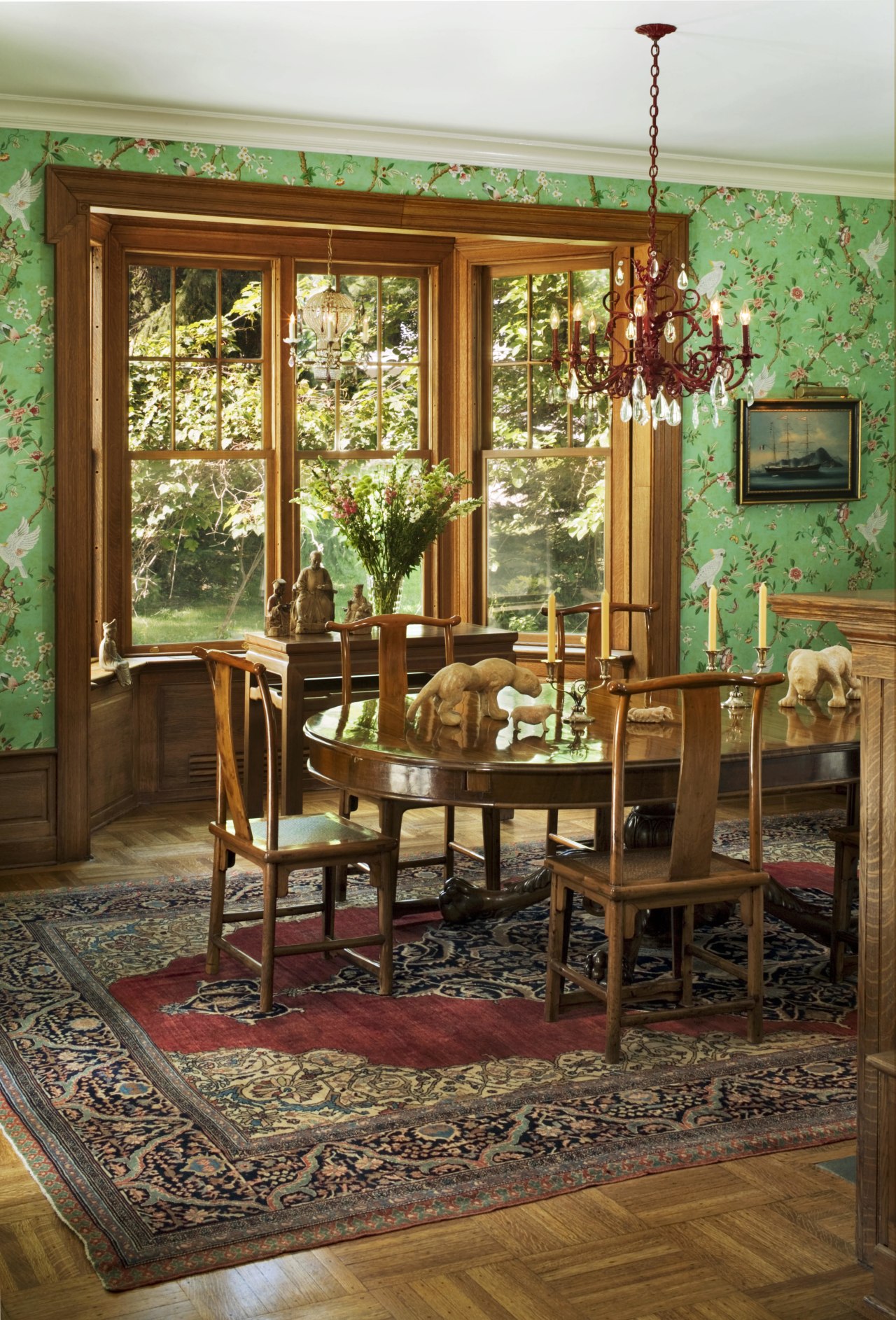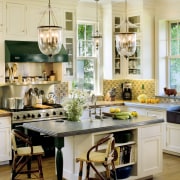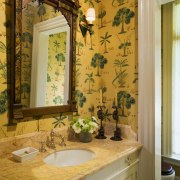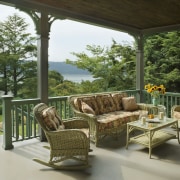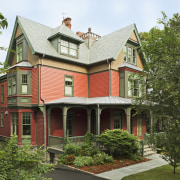Lady in waiting
When the architect started restoring this historic homestead, he made a discovery that took him back to the drawing board
Restoring old homes can be a frustrating,expensive and laborious task. It can also be fascinating at times even exciting as layer upon layer of poor or clumsy additions are peeled away.
This home, subject to decades of both restoration and neglect, revealed its biggest surprise early on, says architect Stephen Byrns.
The Landmarks Preservation Commission was happy for restoration work to go ahead, and approved plans to paint the clapboard exterior in earth tones and soft greens. But work stopped almost as soon as it began, recalls Byrns.
"Once we removed the stucco, we discovered that the home was painted in bright greens, reds and browns. It wasn't uncommon at the time for homes at that time to be brightly colored the so-called Painted Ladies," says Byrns.
Built in 1859, in the Downingesque, Gothic Revival style, the two-story home started life as a simple cruciform structure. It probably had a board and batten exterior, although no one can be sure. A major addition in 1882 by noted architect Frederick Clarke Withers added another story and a tower at the rear of the house.
"We decided to revert to the Withers era, as it's the home's most distinguished period," he says.
Photographs and documents from the time, as well as visits to the Withers Room in the Metropolitan Museum of Art, allowed some renovations to be based on evidence. Others were down to intuition.
"Faithfully restoring the house was tricky, as so much had been done to mess it up. We had to remove a fair amount of the siding and internal linings. The tower added by Withers was covered in aluminum siding, probably just to stop it rotting away."
To increase the floor space, Byrns added a new foyer and a wider staircase, repositioned the kitchen in a rear addition and linked it to the family room, and extended the back porch.
On the second story, the master bedroom now has a south-facing master bathroom, with a freestanding rolltop tub positioned underneath the large bay window. Windows are generally much wider than the tall and narrow originals, although they follow the same mullioned style.
Original details, such as the crown molding, Carrara marble fireplace and leaded windows in the living room, have been carefully preserved. The ghost of a decorative relief around the original staircase, buried under layers of paint, was copied and reinstated.
Byrns also employed a favorite device of Withers, discovered on one of his museum trips: the use of alternate strips of pale and dark wood. In this home, these appear in the living room floor, foyer paneling and butcher's block countertop in the kitchen.
The interior color palette complements the rich hues of the exterior, and the wallcoverings, furniture and object d'art reflect the owners' links with China, England and Texas.
"The colors are lively, strong and worldly the owners didn't want anything that was prissy or tentative. There is so much to look at in this house, and so many different spaces that reward the eye."
Credit list
Interior designer
Drapes
Kitchen cabinetry
Oven
Tub
Shower enclosure
Towel rack
Story by: Alison Wall
Home kitchen bathroom commercial design
Personality plus
Diving into nature
Classic looks, contemporary efficiency
